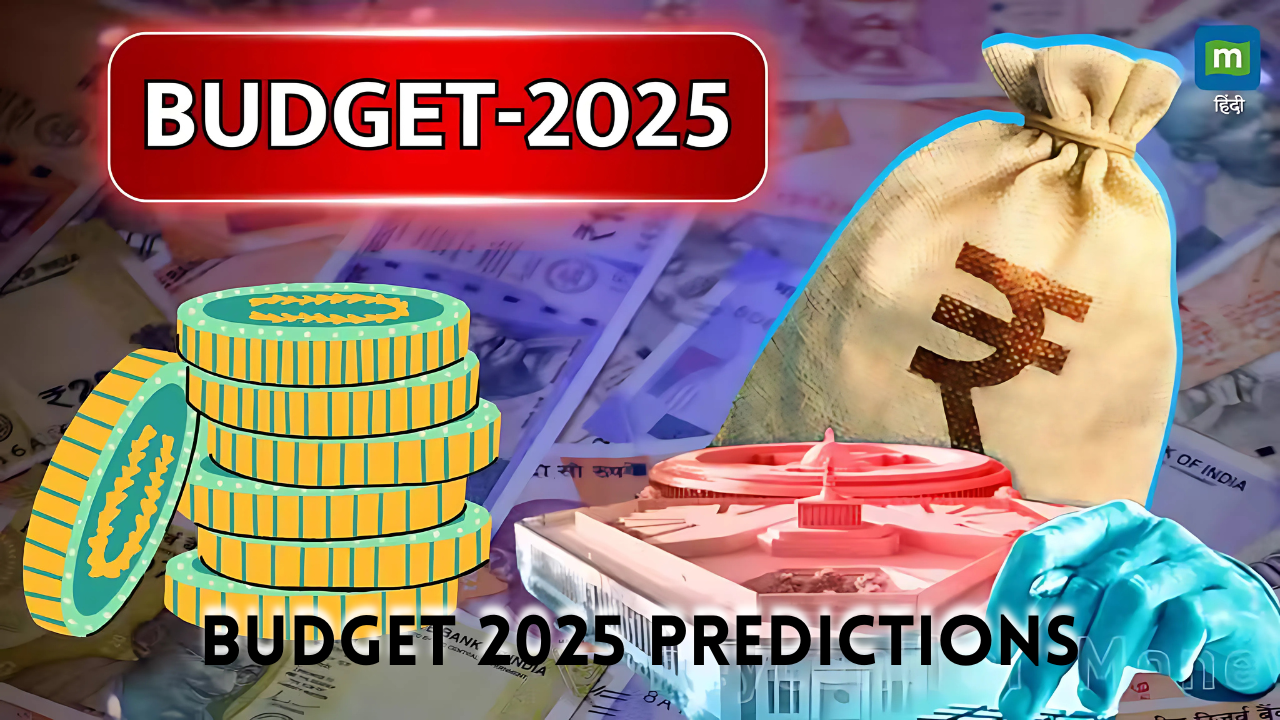Budget 2025: Potential Changes in Tax Provisions in Budget 2025: Possible Benefits to Assess 20% Tax Slab Refinement and Standard Deduction Increase
As Budget 2025 approaches, the central government is purportedly considering significant alterations in the new tax regime to ease the burden on taxpayers and promote economic growth. Possible adaptations include widening the 20 percent tax bracket and a rise in the standard deduction for wage earners. Such changes may render the new tax regime not only attractive but a paradigm shift for individual taxpayers.
A Primer on What’s New and What’s Old in the Current Tax Regimen
To put the impending changes into better context, let’s first take a look at the current tax structures. The new tax regime was introduced in 2020 and offered lower income tax rates to individual taxpayers while forgoing the normal deductions and exemptions to make calculations simpler. Whereas the old tax system gives taxpayers the option to claim a number of deductions, like Section 80C and HRA, but has relatively higher rates.
Under the new tax regime:
The exemption limit is ₹3 lakh.
The tax rates shall be progressive: 5%, 10%, 15%, 20%, and 30%.
Budget 2023 introduced a standard deduction of ₹75,000 for salaried taxpayers.
The new tax regime, which is a more straightforward tax regime based on fewer deductions, has failed to gain traction, and many taxpayers still prefer the deductions available under the old regime.
Budget 2025: Reducing Taxability within New Tax Regime
Broadening SAR of 20% Tax: More Savings for Middle-Income Wage Earners
According to reports, the government is trying to increase the 20% tax slab in the new tax regime. This slab currently applies to incomes of ₹12 lakh to ₹15 lakh. The slab can be widened to include income up to₹18 lakh or even₹20 lakh per annum.
Why This Matters:
If passed, this change will result in significant tax savings for anyone with earnings in this bracket. For example:
As per the existing income tax regime, the income of₹19 lakh is subjected to a partial peak rate of 30% tax.
That means all of their income, after the expanded slab, will be taxed at 20%, sharply lowering their overall tax liability.
Giving such benefit to a greater number of taxpayers means more money in their wallets, which leads to improved purchasing power and thus stimulates the economy.
1] Raising Ceiling of Standard Deduction: Instant Relief for Salaried Taxpayers
Another way is to increase the limit on standard deduction under the new tax regime. Though reports do not specify how much it will increase under BIT, even a marginal rise from the current ₹75,000 can help save taxes.
Example Scenario:
The salary of a salaried person making₹10 lakh a year could be reduced below₹10 lakh in taxable income by a larger standard deduction. If the deduction increases to ₹1.5 lakh, they would need to pay less tax and would have more left for personal expenditures or savings.
This move is consistent with recent proposals from industry leaders like ICAI, which had recommended making the standard deduction correlated to inflation for its sustained relevance.
Phased-Out Old Tax Regime: What Is the Transition Timeline?
The government is also likely to announce fresh guidelines for transitioning to a new tax regime, such as a timeline to move from the old tax regime. No major changes to the old framework are said to be contemplated in Budget 2025, but the ultimate aim will be to move all taxpayers under the new, simpler one-size-fits-all regime.
However, for those taxpayers still on the old regime, it should be a marker for reassessing their tax strategies and preparing for a shift over the next few years.
Reactions from experts and industry: What the Pros Say About Budget 2025
With Budget 2025 around the corner, tax experts and industry bodies have made varied predictions and recommendations alike.
EY India: proposes an increase in the basic exemption limit under the new tax regime, from ₹3 lakh to ₹5 lakh, and cuts in tax rates to improve disposable income.
ICAI: Large scale of adjustment required, and recommends index-linking of the standard deduction so that it continues to benefit taxpayers in the long run.
(1.) CNBC-TV18 Reports: Emphasizing the government’s aim to stimulate consumption and economic growth by making the new tax regime more attractive for individual taxpayers.
What These Changes Could Mean for You: Practical Implications for Taxpayers
If these suggested measures are enacted, they could pay dividends for various classes of taxpayers:
Middle-Income Earners: Individuals between ₹15 lakh and ₹20 lakh tax slab will benefit immediately from the expansion of the 20% tax slab, involving a decrease in tax liabilities.
For salaried employees, a higher standard deduction would result in lower taxable income and hence provide direct relief to their pockets.
Old Regime Users: As you might have heard, the old regime is slowly getting phased out, and thus it is time to see how you can optimize the new regime to help you with your financial planning.
Budget 2025: How You Can Get the Most Out of Your Tax Breaks
Examine your choices: Assess both the old and new tax regimes to find out which ones suit best with your income and financial targets.
Get Professional Advice: Talk to a tax advisor about how proposed changes would affect your tax situation.
Follow Budget 2025 on February 1 to see the final picture of changes
Summary: Budget 2025 May Change the Taxation for Many Indians.
Changes in Budget 2025 that are being expected, such as the widening of the 20% tax slab and a higher standard deduction, are indicative of the government’s plan to make the new tax regime more attractive and taxpayer-friendly. In addition to providing relief to middle-income earners and salaried individuals, these steps can also help stimulate economic activity.
So, while we wait for the speech from Finance Minister Nirmala Sitharaman, one thing’s for sure—keeping a proactive frame of mind and anticipating these changes will be key in maximising finances in the upcoming year.
So, go ahead and mark the date: 1st February 2025)—All set for a budget that will change the way India saves, spends, and grows.










